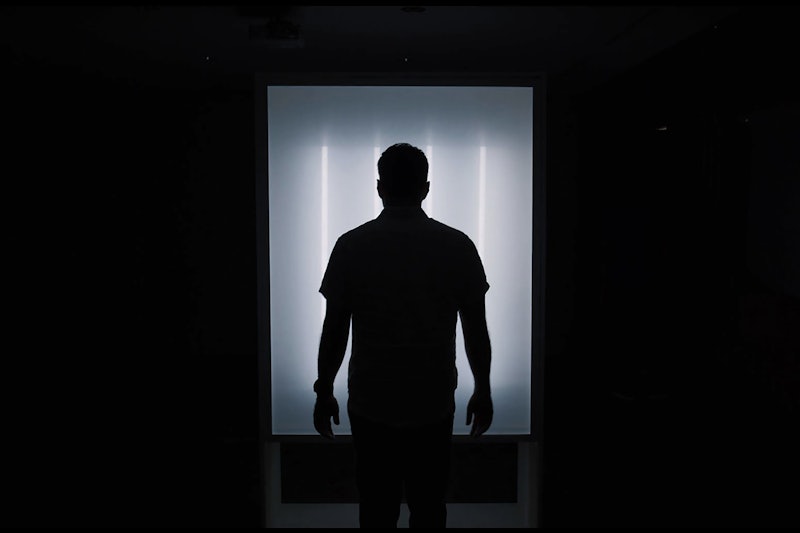
2018 | Sound and Vision | Sam Gochman and Hannah Berryhill
The architecture of hearing and sight. Our experience of the world inside is shaped by the choices made by designers that reflect, absorb, shape, and color waves of sound and light. This sculpting of sound and light affects not just our perception of space or enjoyment of art, but also the health and productivity of those who live and work in buildings. New results in the connections between visual, acoustic, and neurobiological sciences are transforming architectural practice. We now know that good seeing is much more than a matter of mere footcandles, and good hearing is more complex than simple decibels. Sound and vision are too important to be left to the engineers, and exploring these avenues in design can enhance the realms of perception, cognition, and social interaction.
Sound Thinking
Whether or not we are aware of it, our sense of hearing has profound impacts on the ways we experience the world—from spatial awareness to mood to communication to work performance. This handbook is a desk-side companion for designers to provide ready reference for some of the most frequently asked questions about acoustics, noise, and aural delight.
Sonic Sanctuary
As cities expand, street noise is becoming a growing concern. For PARK(ing) Day 2018, we constructed an installation to provoke thought about mitigating urban noise. One side, clad in acoustic foam, served as a sonic refuge, while the other side used a funnel shape to replace the chaotic noise with something more pleasant. A large focus was to engage the public to reflect on their city.
Audiovisual Simulation
An important aspect of design is to imagine what could be, and this holds true for sound and vision. Using tools like virtual reality, acoustical visualizations, and light analyses, we can better understand not only potential sonic and luminous environments, but also ways people might respond to them.
Phototaxis
Most life responds in some way to light, and humans explore and interact with light in a multitude of ways while navigating our environments. This installation used technology to create a responsive environment to investigate the synergistic roles of light intensity, light consistency, and collective discovery.










